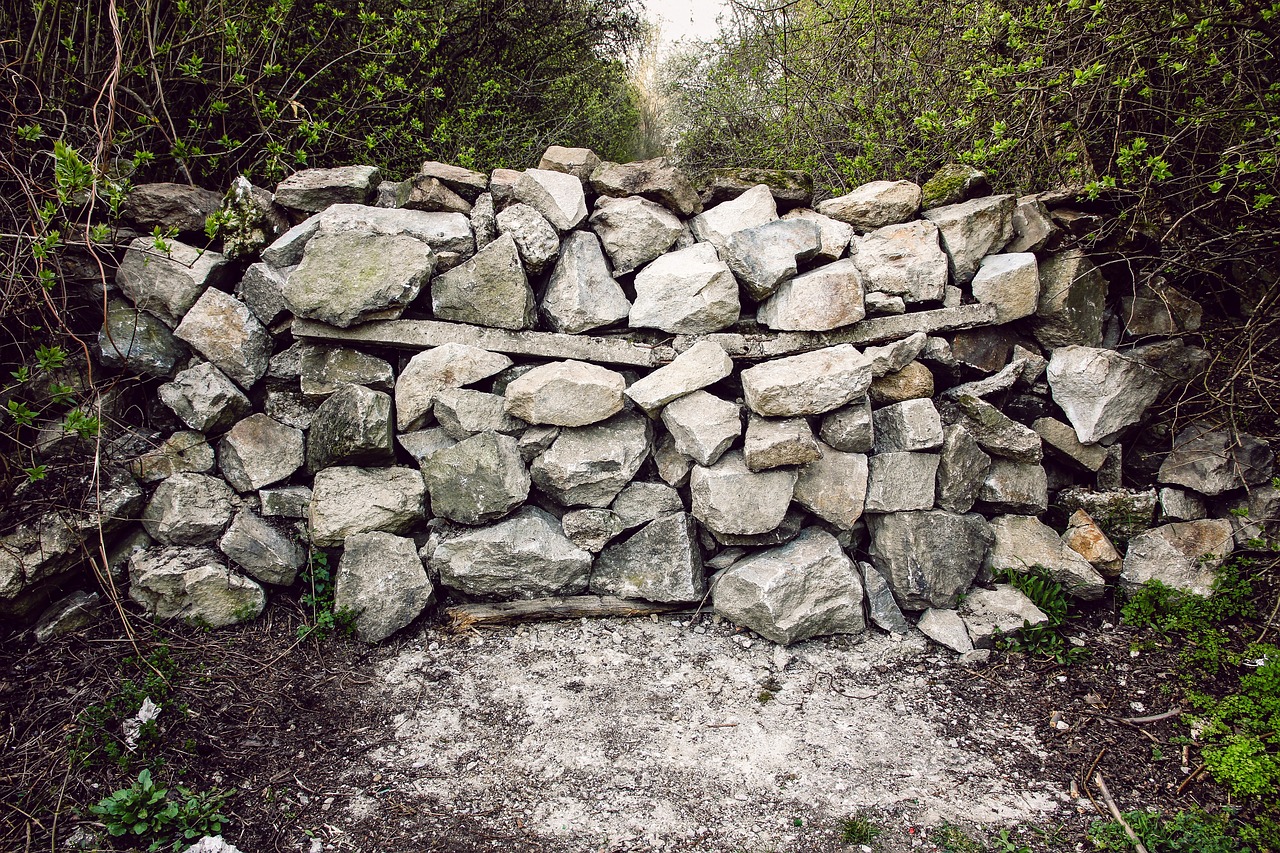Did you know that holly, with its iconic spiky leaves and bright red berries, has been cherished for centuries not just for its beauty, but also for its rich symbolism? This fascinating plant has a history that intertwines with ancient cultures, festive traditions, and even modern practices. Let’s embark on an exploration of the enchanting world of holly!
The Historical Significance of Holly
Ancient Traditions
The history of holly can be traced back to ancient civilizations, where it was revered for its protective qualities. The Romans adorned their homes with holly during the winter solstice, believing it would ward off evil spirits and bring good fortune. Similarly, in Celtic traditions, holly was considered a sacred plant, symbolizing eternal life and protection. The Druids held it in high regard, as it remained green during the winter months, representing resilience and endurance.
Folklore and Symbolism
Throughout history, holly has been a symbol of various facets of life. In Christian tradition, holly is often associated with Christmas, representing the Crown of Thorns worn by Jesus, with its sharp leaves signifying pain and the berries symbolizing his blood. Folklore also tells of holly being a symbol of good luck and prosperity, further embedding it into cultural practices and celebrations.
Current Trends and Statistics Related to Holly
Popularity in Gardens and Landscaping
In recent years, there has been a noticeable trend in the gardening community toward incorporating holly into landscape designs. As homeowners seek sustainable and low-maintenance plants, holly fits the bill. Its evergreen nature provides year-round greenery, while its berries attract birds and wildlife. According to recent statistics, the demand for ornamental plants like holly has increased by 30% over the last five years, primarily driven by an interest in biodiversity and natural landscaping.
Holly in Commercial Use
Holly is not only a favorite among gardeners, but it also finds its way into the commercial sector. The festive season sees a spike in holly sales, as it is a popular choice for holiday decorations and wreaths. Market analysis suggests that sales of holly-related products have grown by approximately 25% over the holiday season, reflecting its persistent appeal as a traditional holiday symbol.
Practical Tips for Growing and Using Holly
Growing Holly in Your Garden
If you’re interested in growing holly, the first step is ensuring you choose the right variety for your climate. Holly thrives in USDA zones 5-9 and prefers well-drained soil with partial to full sun. Regular pruning after flowering can help maintain its shape and increase berry production. Incorporating holly into your garden not only enhances aesthetics but also fosters wildlife by providing shelter and food.
Creative Uses of Holly
Holly can be utilized in various creative ways beyond gardening. Fresh holly branches can be used in holiday crafts, such as wreath-making or table centerpieces. Its berries and leaves can also be incorporated into seasonal floral arrangements, adding a touch of nature to winter decor. Just be mindful to use holly safely, as some species can be toxic if ingested in large quantities.
Future Predictions and Innovations Related to Holly
Sustainable Practices in Cultivation
As sustainability becomes a crucial focus in horticulture, the cultivation of holly is likely to adapt innovative practices. Expect to see more organic growing methods, integrated pest management, and increased interest in native holly species that promote local biodiversity. These sustainable approaches will enhance not only the environmental impact of holly but also its appeal in eco-conscious gardening.
Technological Advances in Horticulture
Looking ahead, emerging technologies may revolutionize how we cultivate and market holly. Innovations such as precision agriculture techniques, which use data and sensors to optimize plant health, could lead to improved yields and quality. Additionally, virtual platforms for buying and selling holly will likely expand, making it easier for consumers to access this timeless plant and its various products, ensuring its relevance in the modern marketplace.
As we explore the multifaceted world of holly, it becomes clear that this beloved plant carries a wealth of history, cultural significance, and future potential that continues to captivate and inspire. Embrace the enchanting qualities of holly, whether in your garden, home decor, or through the rich traditions it embodies.
Final Thoughts on Holly
Holly is more than just a decorative plant; it embodies cultural significance, ecological resilience, and unique biological characteristics. Whether appreciated for its festive appearances or its role in traditional practices, understanding its multifaceted nature enriches our connection with nature. Ultimately, Holly signifies endurance and beauty, reminding us of the importance of nature in our lives.
Further Reading and Resources
-
The Role of Holly in Winter Traditions: This article explores various cultural practices involving Holly, particularly during the winter months. It delves into the historical significance and how it has shaped holiday celebrations.
-
Botanical Characteristics of the Holly Plant: A detailed resource on the biological and ecological traits of Holly, providing valuable insights into its adaptation and growth. This is perfect for those wanting a deeper understanding of plant biology.
-
Benefits of Holly in Your Garden: A guide on how to incorporate Holly into your landscaping efforts, detailing its benefits as an attractive and hardy shrub that supports local wildlife.
-
Traditional Medicine Uses of Holly: Insights into the medicinal properties of Holly, including its historical uses and potential health benefits. This resource is ideal for those interested in herbal remedies.
-
Environmental Impact of Holly Berries on Wildlife: An informative article discussing the ecological role of Holly berries as a food source for various bird species and how they contribute to biodiversity.







답글 남기기